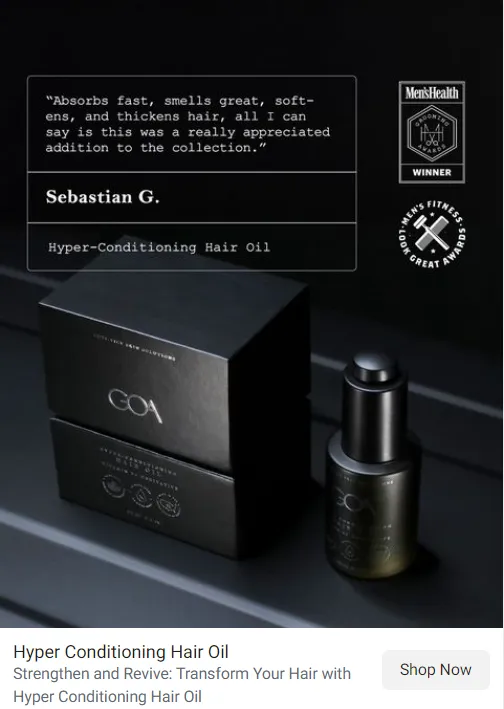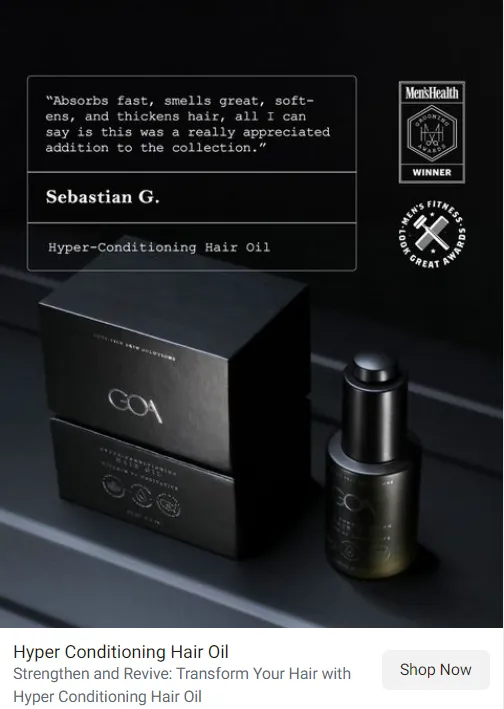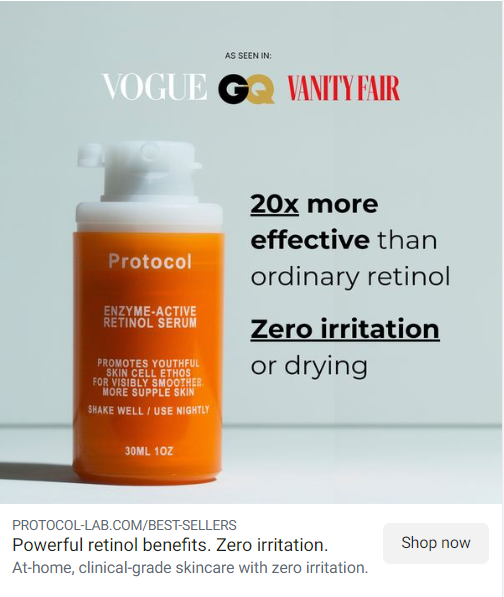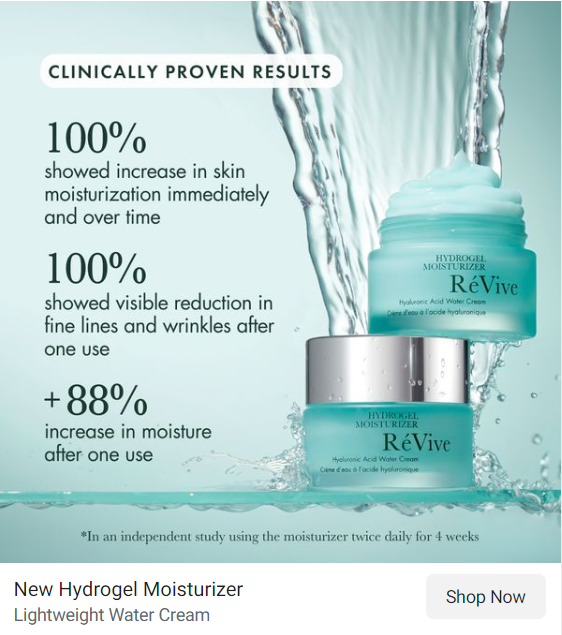Definition
From day one, we’re programmed to listen to the big humans. Parents, teachers, anyone with letters after their name. Fast forward, and we’re still doing it. Wild, right?
It’s not just about following orders though. It’s trust. It’s credibility. In marketing terms, people believe your claims, follow your advice, and open their wallets when your message comes with an expert’s stamp of approval.
This isn’t blind obedience to power. It’s a mental shortcut. The world’s complex. Following expert advice usually leads to better outcomes. So we do it. A lot.
We’re not just talking about obeying orders. It’s about trust and credibility. In marketing, it translates to consumers being more likely to believe claims, follow recommendations, and make purchases when the message comes from – or is endorsed by – a recognized authority in the relevant field.
One Short Example – The Great Expert Escapade
In 1992, a marketing wizard at “Totally Legit Toothpaste Co.” said: “Let’s not just sell toothpaste. Let’s sell toothpaste approved by the world’s leading Enamel Expert.”
Everyone’s jaws dropped. “Expert Endorsed Enamel Enhancer” was born. Sales shot through the roof faster than you can say “gum disease”.
Sometimes, a lab coat and a clipboard can be a great mental shortcut.
Key Points
- Trust accelerator: Quickly builds credibility for products
- Persuasion amplifier: Increases the likelihood of users following recommendations
- Decision shortcut: Provides a mental fast-track for making choices
- Conversion booster: Can significantly improve click-through and conversion rates
- Brand elevation: Associates your offering with respected figures or institutions
- Anxiety reducer: Alleviates concerns by providing expert backing
Why It Works
Why The Authority Principle works:
- Cognitive Offloading: We use expert opinions like a cheat code for adulting. Why think when someone smart can do it for us?
- Risk Mitigation: A beauty editor’s thumbs up makes us less scared to click “buy now” on that fancy $300 face cream. Suddenly, melting our face off seems less likely.
- Halo Effect: If a dentist says the toothpaste is good, surely the toothbrush is too, right? That’s the Halo Effect in action.
- Social Proof Amplification: One celeb dermatologist trumps a thousand Karen reviews.
- Confirmation Bias: Also know as the “I Knew It” effect. We love hearing experts confirm what we already think.
5 Steps To Execute Beautifully
Here’s how to execute like a pro:
- Make Your Experts Pop (Authority + Contrast Principle): Got an expert endorsement? Make it stand out like a sore thumb. But like, a really impressive sore thumb. Think contrasting colors or unique design elements to draw attention.
- Play the First and Last Game (Authority + Serial Position Effect): Slap your best endorsement at the top and bottom of your ad. First impression, lasting impression. Everything else? Sandwich filling.
- Guide Eyeballs (Authority + Selective Attention Effect): Make those awards and certifications impossible to miss. Create a visual hierarchy that guides the viewer’s eye using size, color, or iconography to make these elements focal points in the ad.
- Speak Human (Authority + Cognitive Fluency): Ditch the science babble. Turn “Our product utilizes advanced follicle stimulation technology” into “Makes your hair grow. Fast.” – expert-level simplicity. The goal is to be memorable.
- Mix It Up (Authority + Serial Position Effect): In an era where broad targeting is king, test different authority signals in prime spots. Maybe doctors love you. Maybe celebrities do. Find out what makes your audience go “Ooh, fancy!”
Real-World Examples
Let’s take a look at this ad from GOA SKINCARE. On the face of it there are 2 main Authority Principle cues – the user generated testimonial to the left, and the award icons to the right.
Pretty standard stuff throughout, and we’ve seen ads like this a ton of times, where the designer tries to cram in as much social proof elements as possible.

Let’s crank this authority dial to 11:
- Authority + Von Restorff Effect: Make that Men’s Health badge pop like it’s had three espressos. Bigger, bolder, impossible to ignore.
- Authority + Serial Position Effect: Shuffle the deck. Reorder the information to put the most important authoritative elements first and last. Start with “Men’s Health Winner”, sandwich the product in the middle, end with a glowing testimonial. First and last, that’s what people remember most.
- Authority + Selective Attention + Contrast: Give that Men’s Health badge a paint job. Use a brighter color or a contrasting background to make it pop against the dark background, drawing the eye more easily to it.
- Authority + Cognitive Fluency: Trim the fat off that testimonial. “Fast-absorbing, great smell, soft feel, thicker hair”. Boom. Less words, more punch.
- Authority + Personalization: Ditch “Sebastian G.” (Sorry, mate). How about “Real User & Men’s Health Reader”? More relevant to the award referenced.
Ok, so let’s take one of these recommendations forward into the re-design studio.
Hover over the slider below to see the before and after.


Which do you prefer?
Check out these other examples of the Authority Principle in action – with some ways that we’d crank up the Authority to 100:
Left: Vogue, GQ, Vanity Fair? Make them stand out more by using a contrasting color or larger font against the background. Simplify that claim: “Expert-Approved: 20x More Effective Than Retinol, Zero Irritation.” End with “Trusted by leading beauty experts.”
Middle: “CLINICALLY PROVEN” should be impossible to miss. Increase Cognitive Fluency by going with two stats instead of three, with larger font – stats #1 and #3 are similar enough. Highlight “visible reduction” and “increase in moisture” by adding background shading (Von Restorff Effect).
Right: That Allure award? Make it massive. Ditch those stars – they just add noise to an already noisey ad. Make that Allure quote pop like it’s the only thing that matters. Draw the eye like you’re conducting a symphony: Allure award first, model second, testimonial third. Everything else? Visual noise. Chuck it.
Potential Pitfalls
- The “Look at All My Friends” Syndrome: Plastering your ad with more expert quotes than a motivational poster factory. Too many contrasting elements can make ads look messy. Keep designs clean and easy to follow.
- The “Square Peg, Round Hole” Approach: Getting Beyoncé to endorse your line of artisanal cheese graters. Sure, she’s Queen B, but does she know her cheddar from her Gouda?
- The “I’ll See You in Court” Gambit: Using that one time a celebrity glanced at your product as a full endorsement. Their lawyers might not look at it that way.
- The “Ivory Tower” Effect: Making your brand seem so highbrow that customers need a PhD just to buy your soap. Don’t let authority make your brand seem unapproachable.
- The “All My Eggs in One Endorsement Basket” Strategy: Basing your entire brand on that one celebrity who loves you. Until they don’t. Oops.




